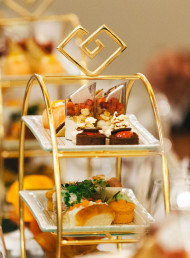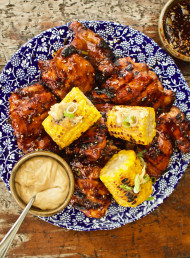Cook the books - Ima Cuisine: An Israeli Mother's Kitchen
Photography by David Parker.
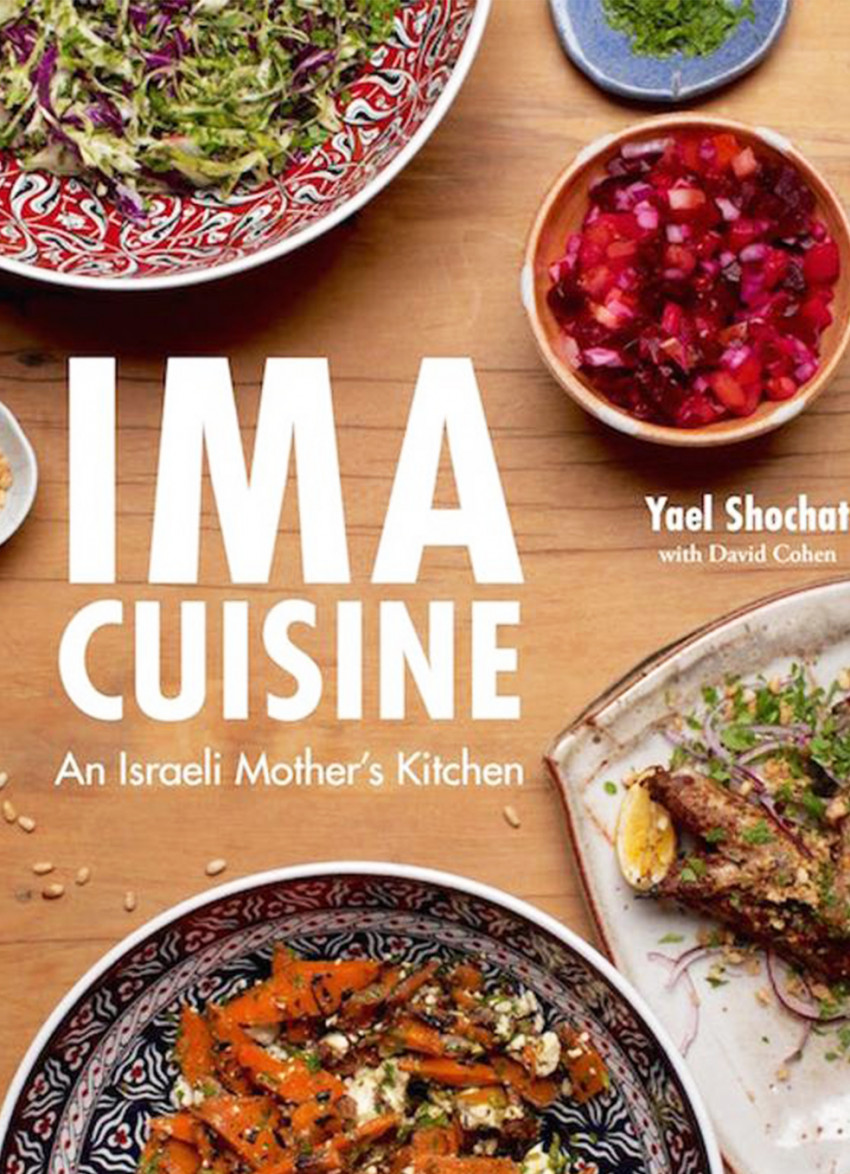
David Parker discovers magic happens when you combine doughnuts and potato cakes during a test run of Ima Cuisine: An Israeli Mother's Kitchen.
Ima Cusine is a book from Yael Shochat, who runs the popular Auckland restaurant by the same name. I had quite a nice meal at Ima last year and they're often rated among Auckland's top restaurants, so I was excited to try this book.
Ima, by definition, means "mother" in Hebrew and the restaurant is known for offering a warm homely feel, showcasing the food that Yael grew up with in Israel.
I was browsing through the recipes skim-reading the little descriptions at the top of the page, as I like to do when I'm trying to decide on recipes, when suddenly I saw the words "apple sauce and doughnuts" in the same paragraph as "potato cakes" (latkes)? Apparently, Ashkenazi Jews often eat latkes with apple sauce, served alongside Sufganiyot (a traditional doughnut) over Hanukkah. Christmas may be long gone, but any excuse to get a head start on festive fare, right?
I started by mixing the ingredients for the Sufganiyot dough; flour, sugar, yeast, milk, sour cream, butter, eggs, brandy, salt, vanilla extract and lemon zest. Some pretty interesting ingredients for a doughnut.

After kneading, I left the dough to rise in a bowl covered in plastic wrap. My plan was to get on with the Latkes so I could eat them side by side which I did do but I had some issues with the doughnuts.
They didn't rise. I gave the dough another hour and then convinced myself that it had in fact risen and continued with making the doughnuts. But when I fried my first doughnut, it was very heavy and gooey inside, after messing with the heat of the oil a bit, I decided they were just... plain wrong. I checked the yeast and apparently it was best before October 2016... So I calmly threw the rest of the dough in the bin and decided to try again tomorrow.

The next day, I bought new yeast but the dough still hadn't risen as much as I expected it would. I find that enriched doughs don't usually rise particularly well and this was certainly enriched, so I decided to go with it. I cut the doughnuts to size with a large mug and fried them one at a time at first so I could adjust the temperature so they cooked through perfectly.
I ended up having a similar problem at first – with them not being cooked through, but as I lowered the temperature of the oil to cook them slower I managed to find a temperature that worked.

To finish, I sprinkled my doughnuts with icing sugar and poked their tops with a piping bag full of homemade plum jam to fill the doughnuts.
They had a very interesting texture, almost fluffy, almost no chew to them, they weren't bready like I expected. I could definitely taste a hint of the brandy and vanilla which actually worked really well with the plum jam. Definitely really different to what I'd think of as a doughnut, yet somehow very doughnutty, still? Despite being in the midst of a weight-loss attempt, I ate quite a few – I had to. In the name of research.
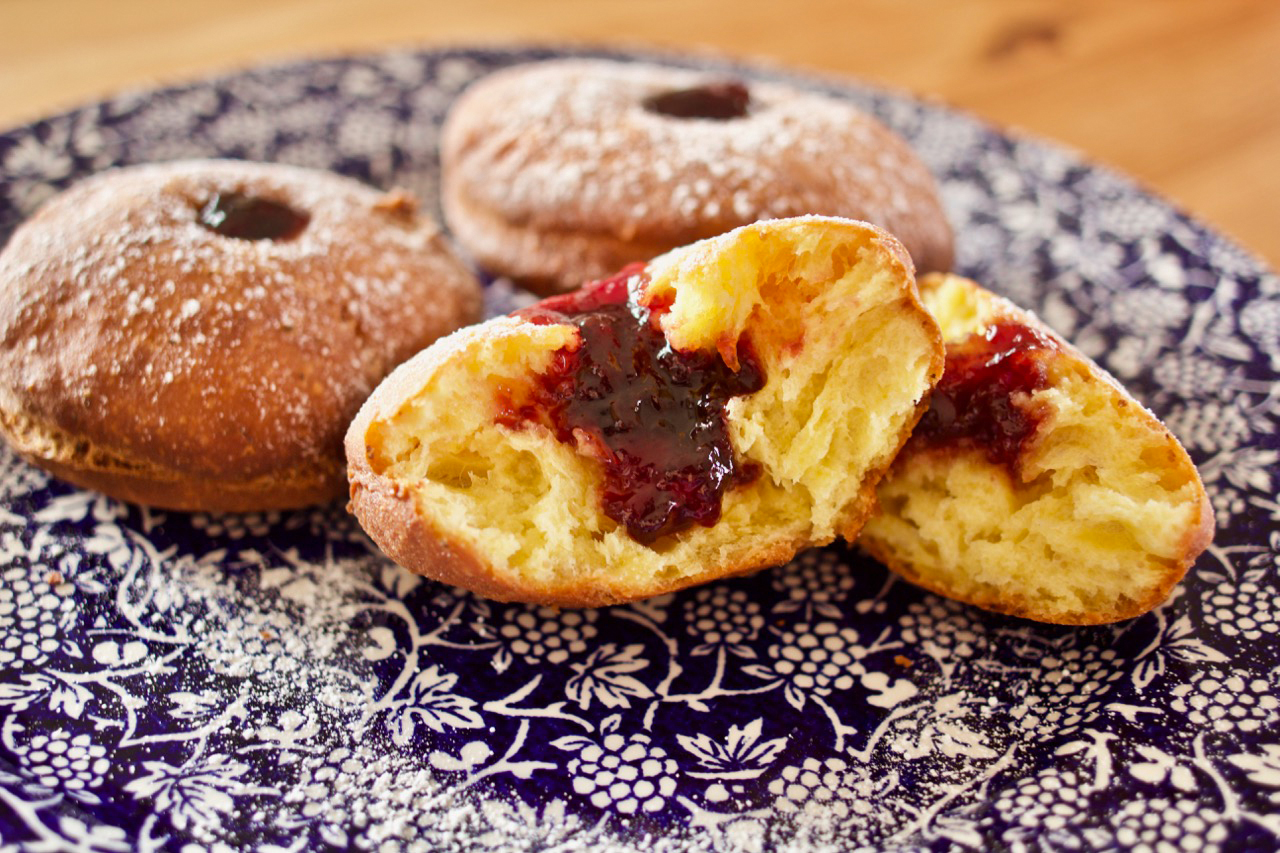
On the other end of the spectrum, the Latkes caused me barely any grief at all. First, I grated the potatoes, it took me a while using a fine grater, and it was actually pretty messy, but I thought they looked really pretty in the picture in the book so hopefully it'd be worth it. I squeezed the grated potato through a clean tea towel to remove most of the liquid.

Then I sliced the spring onions finely and mixed the two together with salt and pepper. I divided the mixture and fried the potato pancakes in butter and oil for 4–5 minutes per side.

The Latkes were quite salty, but pleasantly so. I still wasn't sure about spooning apple sauce and sour cream onto them but to my amazement, it worked. I mean it kinda makes sense, after all the French call potatoes “pommes des terre” or "apples of the ground."

Sweet and salty and then a little creamy and sour and crispy and soft all at once, so simple but so, so good. I saved a Latke to have the next day with a Sufganiyot and felt very happy.
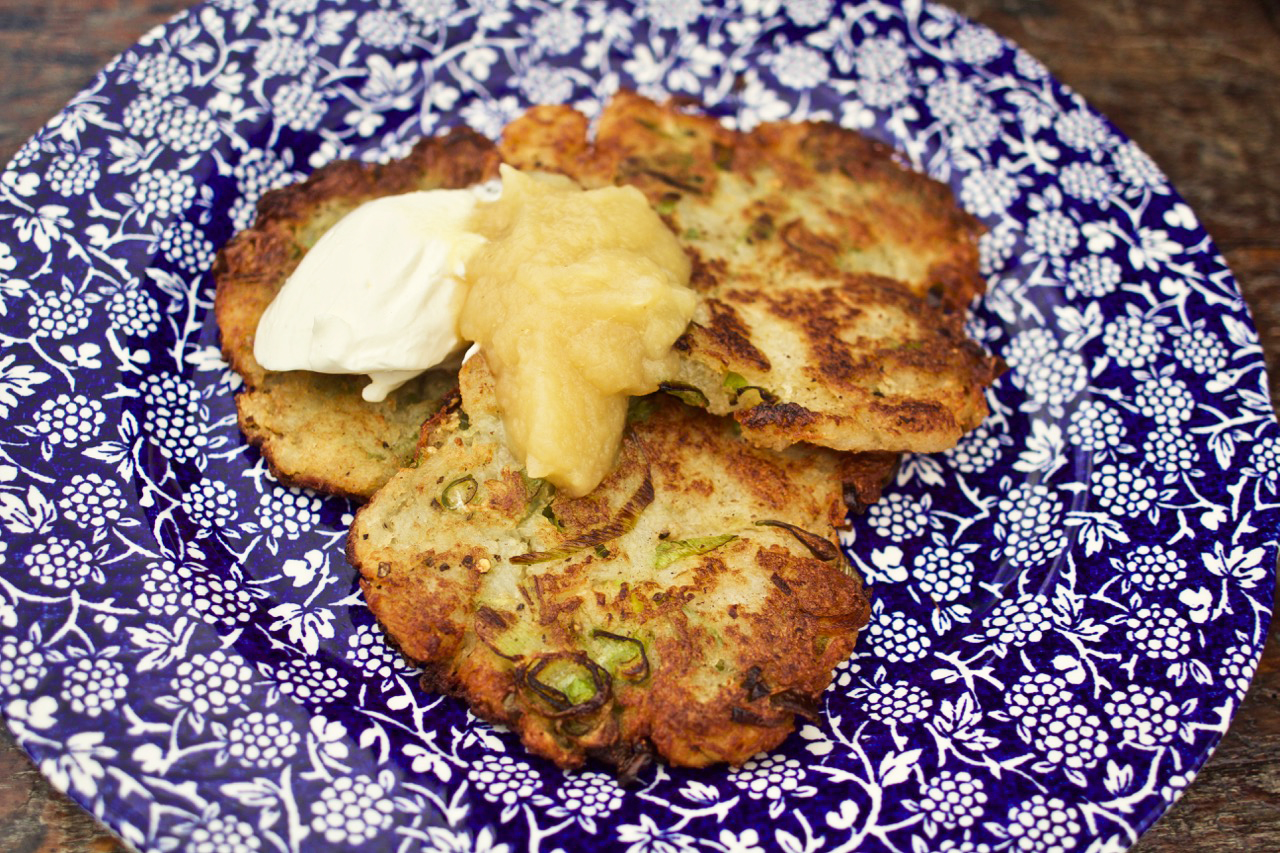
Turns out, the Ashkenazi Jews know what they're doing, eating potato cakes and doughnuts, side by side.
latest issue:
Issue #120
As the days become shorter, and the nights cooler, the latest issue is perfectly timed to deliver delicious autumn dishes. From recipes using fresh seasonal produce such as feijoas and apples, to spectacular soothing soups and super-quick after-work meals in our Food Fast section, we’ve got you covered. With Easter on the horizon, we feature recipes that will see you through breakfast, lunch and dinner over a leisurely weekend holiday, and whip up chocolatey baking treats sure to please. We round up delicious dinners for two and showcase a hot new Korean cookbook before heading south to Dunedin to check out all that’s new in food and dining.The latest issue of dish is on sale NOW at all good bookstores and supermarkets – don’t miss it!


